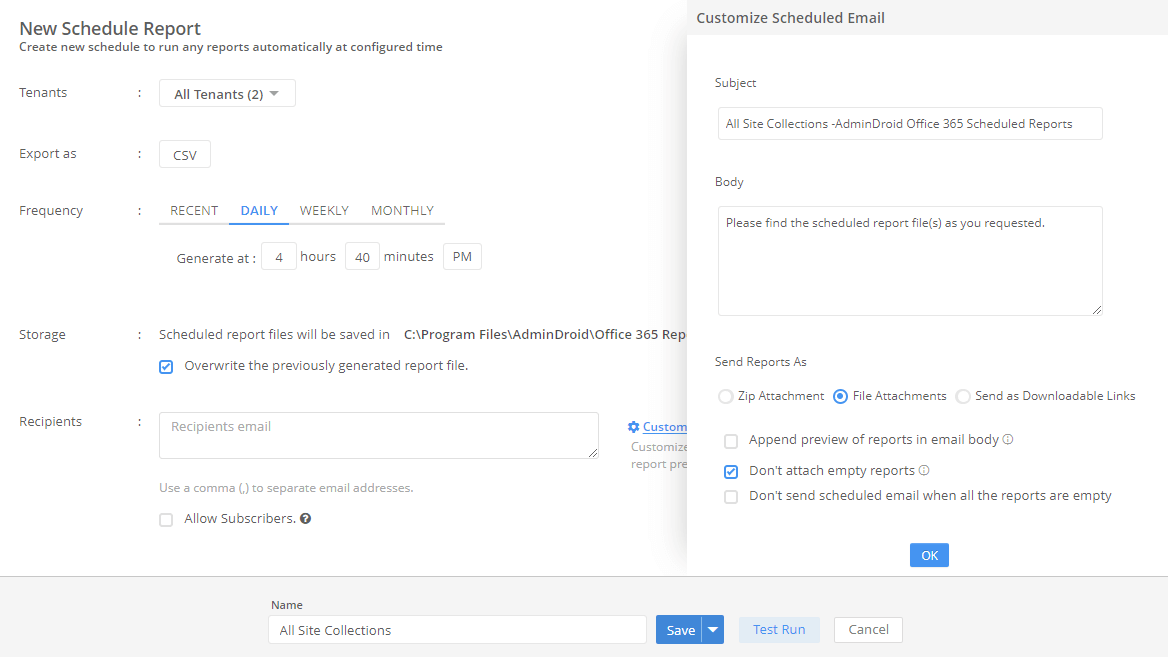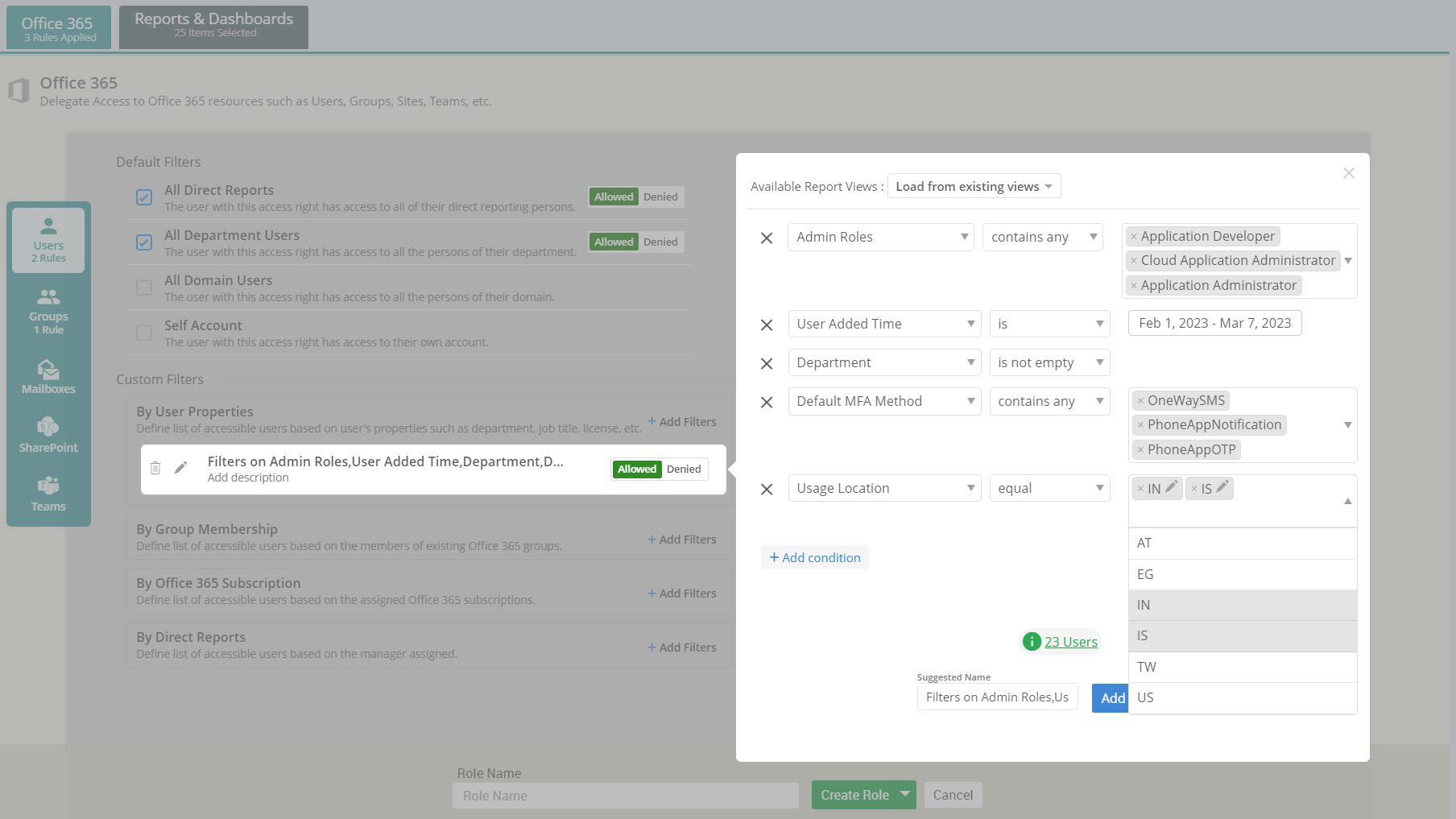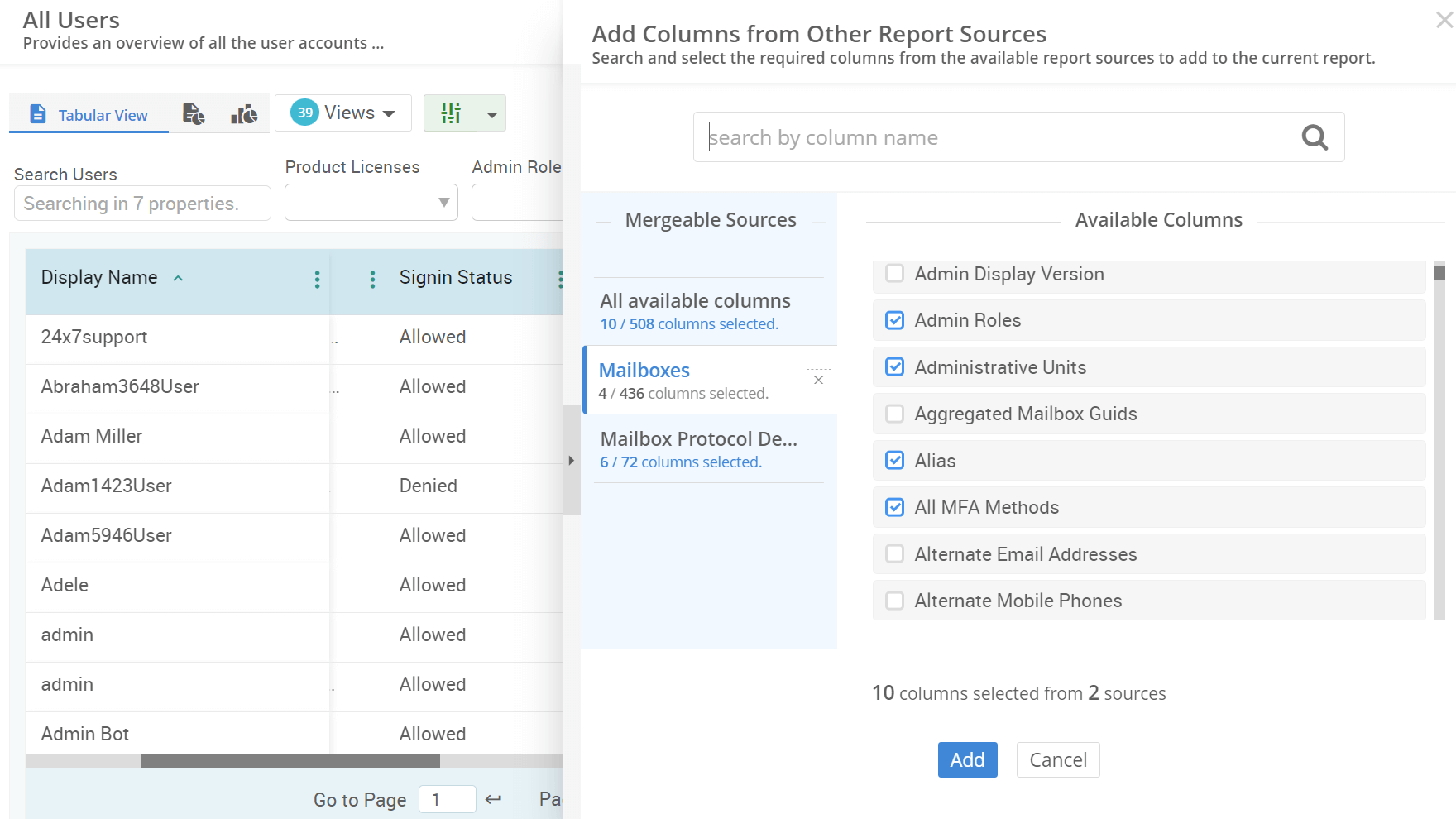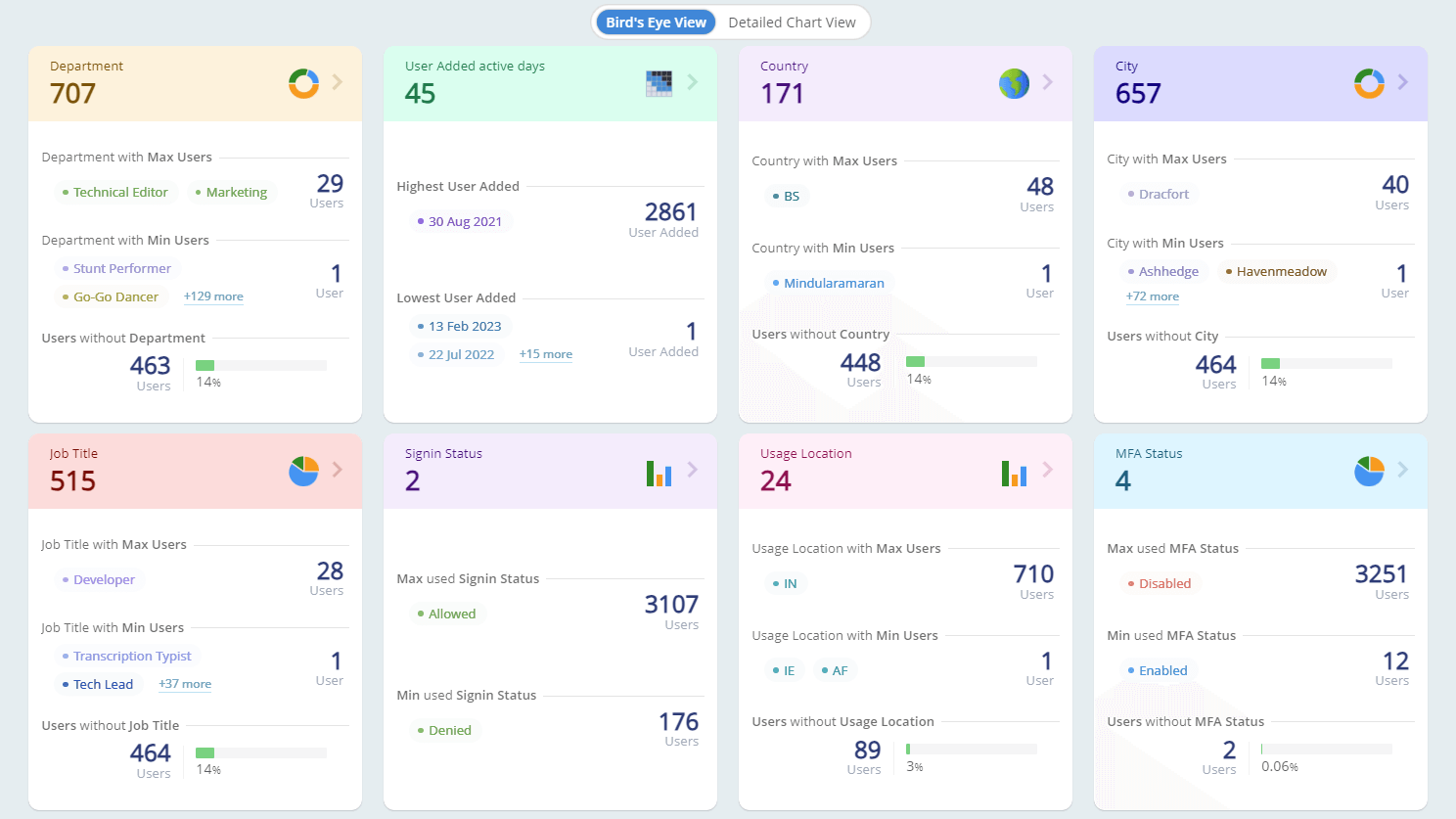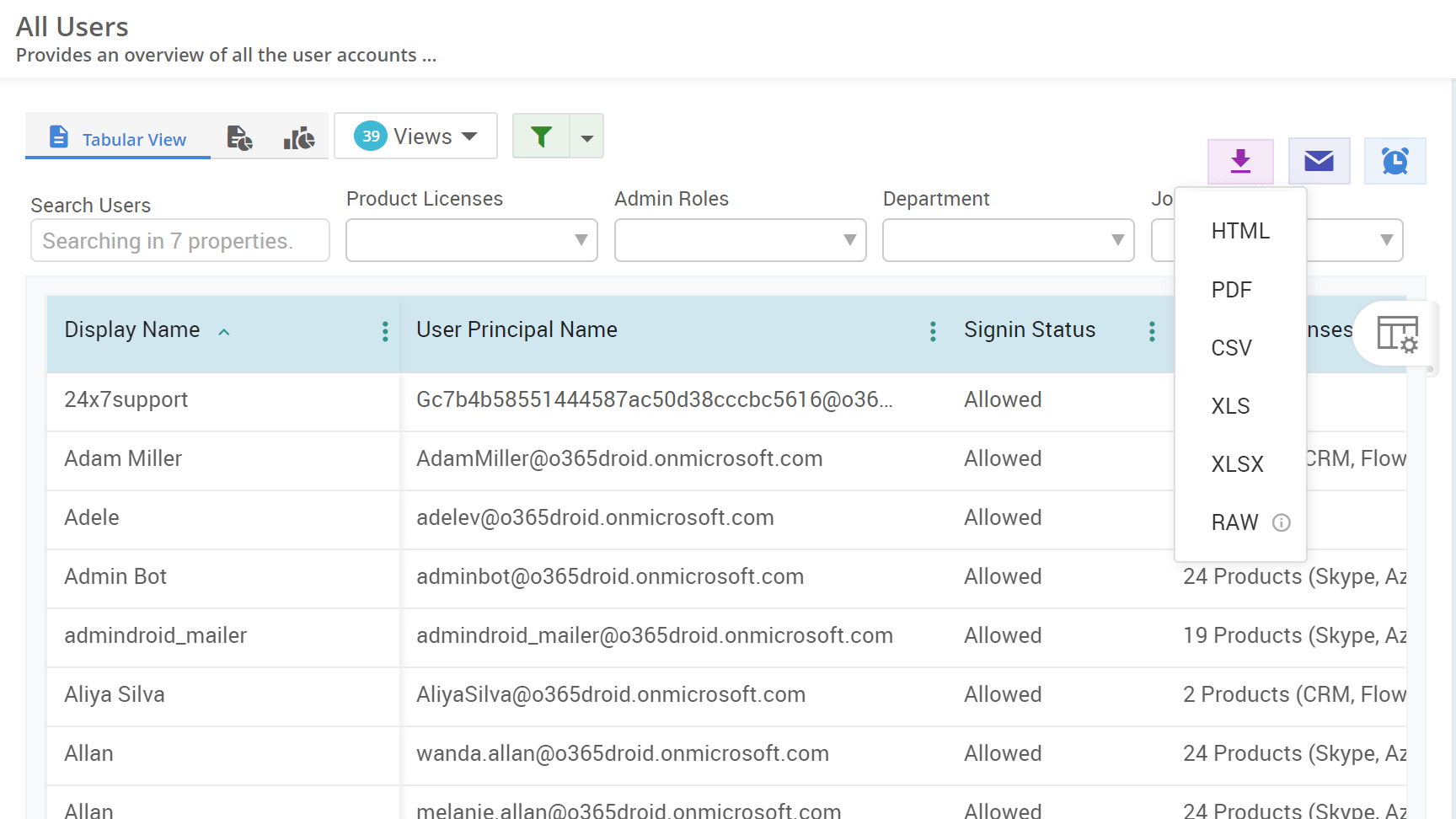How to Identify Holds on Mailboxes in Exchange Online
Exchange Online offers robust features such as litigation hold, retention hold, and in-place hold to securely retain emails, calendars, and other mailbox items. Understanding how these holds are configured is crucial to prevent data loss. This guide will walk you through the steps to identify the types of holds placed on Exchange Online mailboxes and how to configure them to maintain data integrity.
















